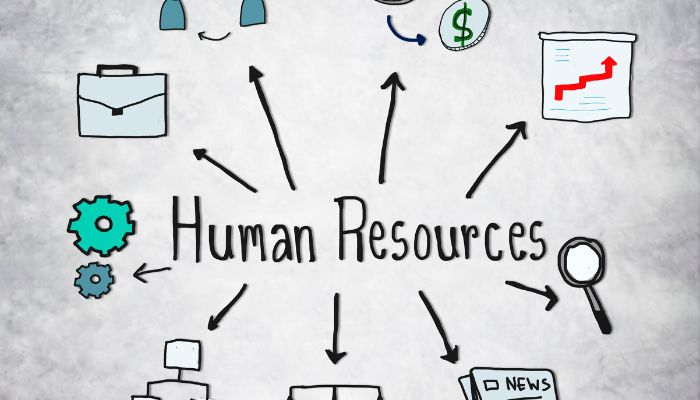A skill gap is common enough in the workforce, but actual data that helps address significant or worrisome gaps is not commonly come by. Organizations have to dedicate resources and attention toward zeroing in on skill gaps using competency mapping with proper frameworks. While what works for understanding skill gaps may not work for another company, the common denominator is the detailed analysis and focus that these frameworks call for human intervention. HR generalists, staffing and line managers, functional heads, and visionary executives all have their part to play in identifying and bridging skill gaps.
The origin of India’s skill gap – a picture of contrast to more advanced economies
The bigger picture explains why zooming in on skill gaps and blowing them out of sight is essential for companies: India is currently only at rank 129 among the 162 countries that were studied by the Human Development Report of 2020 for the extent of skilled workforce. The main reason for this is the agri-based economy of India where the majority of the working population is still engaged in the unorganized or informal sector. This pegs the working “skilled” population of India as only 1 in 5. This is in stark contrast to Japan, which is seen as the country with the most skilled workforce at 99%. Advanced economies have larger proportions of their working population dedicated to known high-skill occupations while only a meager (3% in the case of Japan) proportion are engaged solely to an agricultural income base.
Whereas closer home, India’s largest employer, in the informal and formal aspects, is the agricultural sector. For skilled workers who form the minority in India, the skills acquired from education are useful in only 10% of the cases to carry on their assigned vocations. They take up additional courseware, apprenticeships or internships, and continue to learn on the job. Skills have to be honed and added as professionals thrive in their careers. A majority of 70% have to work actively to close skill gaps and continue being relevant in the job market. This means India’s professionals are fighting some serious challenges to overcome skill gaps.
You might also be interested to read: In Demand Skills In India
Skill gaps are inherent and obvious – what then?
A quick look at the skill gap shows that the results of widening mismatch between a professional’s existing skills and those needed to perform their job at the optimum can have serious and lasting effects:
Career-level effects:
- Falling performance curves
- Lowered confidence and motivation
- Delay in promotions
- Work-life imbalance becomes pronounced
- Rising absenteeism, avoidance, and patchy productivity
Business-level effects:
- Delay or false-starts in expansion, integration, or experimenting with new lines of business
- Rickety recruitment plans and hiring decisions
- Possibility of higher attrition
- Inconsistent employee experience
An action plan for everyone
Companies devise their own strategies to build competencies among their workforce. This can take the form of internal or standard certifications, specific tool-based training programs, or knowledge transfer workshops. Participation in industry-level symposia offers fillips in knowledge-building as well as motivation boosts to enthusiastic professionals.
Government-led programs helped along by research institutes are also extant in India. A prime example is the Pradhan Mantri Kaushal Vikas Yojana held between 2016 and 2020 by the Ministry of Skill Development and Entrepreneurship in conjunction with the National Skill Development Corporation to help candidates brush up skills suited for 375 job roles. Another is Rozgar Mela designed to help qualified, skilled young professionals meet with corporate recruiters.
Traditionally, individuals who learned new skills or covered up knowledge gaps of their own motivation have always stood out. But skill gap bridging solutions envisioned at the institutional level such as the ones mentioned above help the potential of India’s plentiful human resources to make a meaningful contribution to the economy. ‘Reimagining Youth Skills Post-Pandemic’ is one of the prevalent themes in India to address the skill gap problem faced by India’s youth during this recovery phase.
References:
- About 70 pc professionals feel skill gaps hampering productivity at workplaces: Study|Tribune India|Jul 31, 2021
- Skill Gap in India|National Council for Skill Development & Entrepreneurship|NCDSE.in
- With 1 in 5 workers ‘skilled’, India ranks 129 among 162|Times of India|Dec 17, 2020
- Schemes & Initiatives through NSDC|Skill India – Ministry of Skill Development and Entrepreneurship|msde.gov.in
- Re-skilling and constant upskilling can make India global hub of industry 4.0|Atul Kothari|First Post|July 15, 2021
You might also be interested to read: In Demand Skills In India






